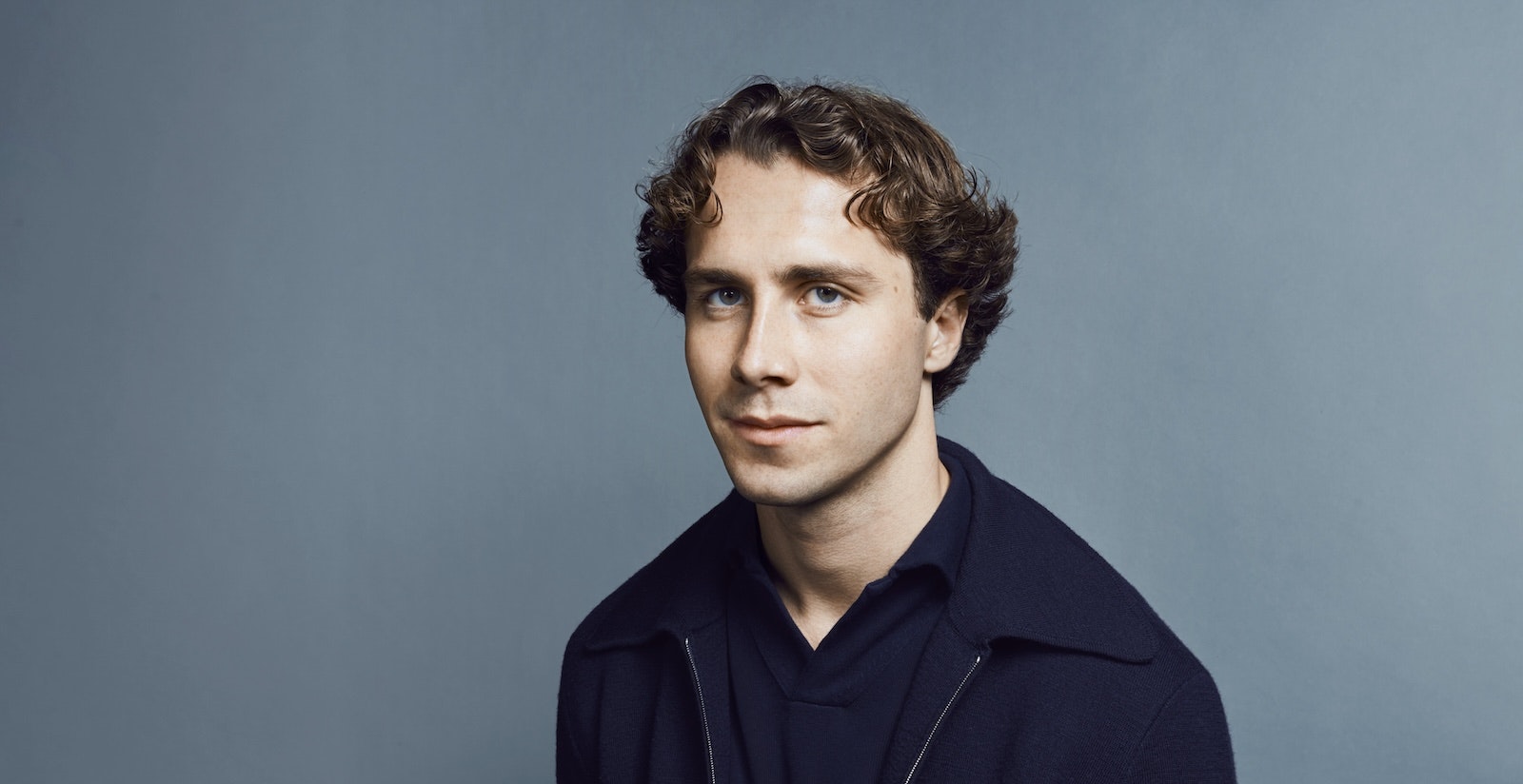One day in September 1783, a rooster, a duck and a sheep became the first passengers to brave flight in a hot air balloon. In the presence of King Louis XVI and his court, the three animals ascended to a height of 480 metres. All survived: the only reported injuries were from the sheep kicking the rooster.
A month later, two Frenchmen — the Montgolfier brothers — became the first humans to take off in a wicker basket.
Fast forward to today and Vincent Farret d’Astiès is preparing to make history for France again: he’s designing a giant balloon to take tourists to the edge of space.
He’s inspired, not primarily by the Montgolfier brothers, or the rooster, sheep or duck for that matter, but by a different balloon journey.
“My great-great-great grandfather had to leave Paris in a balloon to escape the Prussians,” Farret d’Astiès told me. The Prussians captured Paris in 1871. “I didn’t have a choice: it’s in my blood, I had to do this.”
Every founder needs a good backstory and Farret d’Astiès has that bit in the bag. But the hardest part comes next: carrying people into the stratosphere and back down again safely.
Up, up and away
Farret d’Astiès is tall with a lean frame and a friendly smile. If you didn’t know he was an aeronautical engineer and former air traffic controller, you might hazard a guess at an artisanal cheesemaker.
The Frenchman talks in a way that befits an adventurer, with frequent references to dreams and destiny. He’s been thinking about floating to space since at least 2012 and started a company to achieve this goal, called Zephalto, in 2016. He’s launched a few test balloons from his workshop in Toulouse, France's main aviation hub, and in the next few months, he hopes to go further and climb to 25km in the sky.
Just a handful of people — astronauts, spy plane pilots, Jeff Bezos — and some unfortunate test monkeys and dogs — have flown this high. It isn't quite outer space — it’s referred to as “near space” — but it’s high enough to be able to observe the Earth’s curve. Astronauts describe it as “the overview effect”; a new and transformative point of view on life on our planet.
If the test balloon is a success, Zephalto will open the journey up to paying customers from 2025 — provided they have extremely deep pockets.
It’s obviously not cheap
This trip will cost €170k per head — and provide some distinctly French luxury.
The balloon will be fitted to a pressurised cabin, called the Céleste, which will house six people in a chic interior designed by Paris-based architect and designer Joseph Dirand. Michelin-starred in-flight grub will be served.
Farret d’Astiès explains that the balloon will rise gently — without the stomach-dropping feeling of a rocket ascent — for an hour and a half. It will then hover on the fringes of space for a few hours before descending.
The technology behind the project comes from Zephalto’s partner, CNES, the French national centre for space studies, which Farret d’Astiès says has been sending balloons into the stratosphere for more than 60 years.
There are many things to consider including storm clouds, freezing temperatures and CO2 levels in the cabin. Military helicopters have been known to shoot down balloons that accidentally drift across borders.
Some of the details are difficult to conceive. The final balloon will be so big that Notre Dame could fit inside it. As for how high this thing will go, it will float 15km above an airborne passenger jet.
Battle of the Michelin chefs
Zephalto is not the only company racing to open up the world above. There is the trio of billionaire-led rockets — Blue Origin, Virgin Galactic and SpaceX — offering trips to tourists, with tickets starting at around £500k.
Barcelona-based startup Zero 2 Infinity initially set out to float tourists into space but has widened its offering to include carrying satellites and other goods up there too.
So Zephalto’s main luxury tourism rival is Florida-based Space Perspective. US-based company SpaceVIP is working with Space Perspective to create a similar Michelin meal experience which will cost almost $500k.
“It’s a race between the US and France,” says Farret d’Astiès, adding that competition doesn't faze him. “I’d be more worried if we were the only ones doing this.”
SpaceVIP’s big coup is that it has signed Rasmus Munk, the chef behind Michelin-starred restaurant Alchemist in Copenhagen, where it’s $1,000 for the fixed menu and dishes are called “impressions”. Munk makes crazy, inventive stuff like food fashioned to resemble an overflowing ashtray or a tongue.
Space Perspective has raised a lot of money — some $77m — and, it says, sold the most tickets: 1,750. The five-year-old company aims to sell 4,000 seats, some $400m in bookings, by the end of this year.
Farret d’Astiès is cagey on ticket sales — and we don’t yet know the identity of the chef Zephalto will hire. Zephalto also hasn’t revealed how much money it has raised, but Farret d’Astiès says: “We’ve really good financial partners. We’re secure.”
He’s happier to talk about flight emissions estimates, which look good compared to the fiery blast-off rockets. Zephalto estimates that each trip will equal roughly one 140-mile car journey per passenger.
Leap of faith
One thing we can look forward to in the space tourism era: good vehicle names. Zephalto has Céleste, while Space Perspective is calling its capsule Excelsior. There’s already lively competition over who will offer the best view to passengers. Farret d’Astiès talks about his “giant panoramic” window. Space Perspective says it’ll have “the largest windows ever flown to space”. The Florida company also promises “a proper restroom”, which it calls “the Space Spa”.
It will require a leap of faith for passengers on Zephalto’s maiden voyage. The OceanGate tragedy in 2023, where five people lost their lives in a submersible explosion during an expedition to the Titanic wreckage, was a terrible reminder of the risk involved in pioneering adventures.
Farret d’Astiès is clear that the Zephalto experience will be very different to OceanGate. “A balloon is a safe way to travel; safer than a rocket,” he says. “And we’ll have the same safety levels as a commercial plane.” The company will not carry tourists until certified by the European Aviation Safety Agency, he adds.
The endeavour is reaching a critical point and Farret d’Astiès knows there are doubters. “You have people who don’t want you to do this; you have people who don’t want you to do it because they want to do it; you have people who don't want something new,” he says.
It’s required a lot to get this far and Farret d’Astiès speaks of the next stage in hallowed terms. “The dream was always to share this huge beauty, this sensation, this emotion. I can’t wait.”


